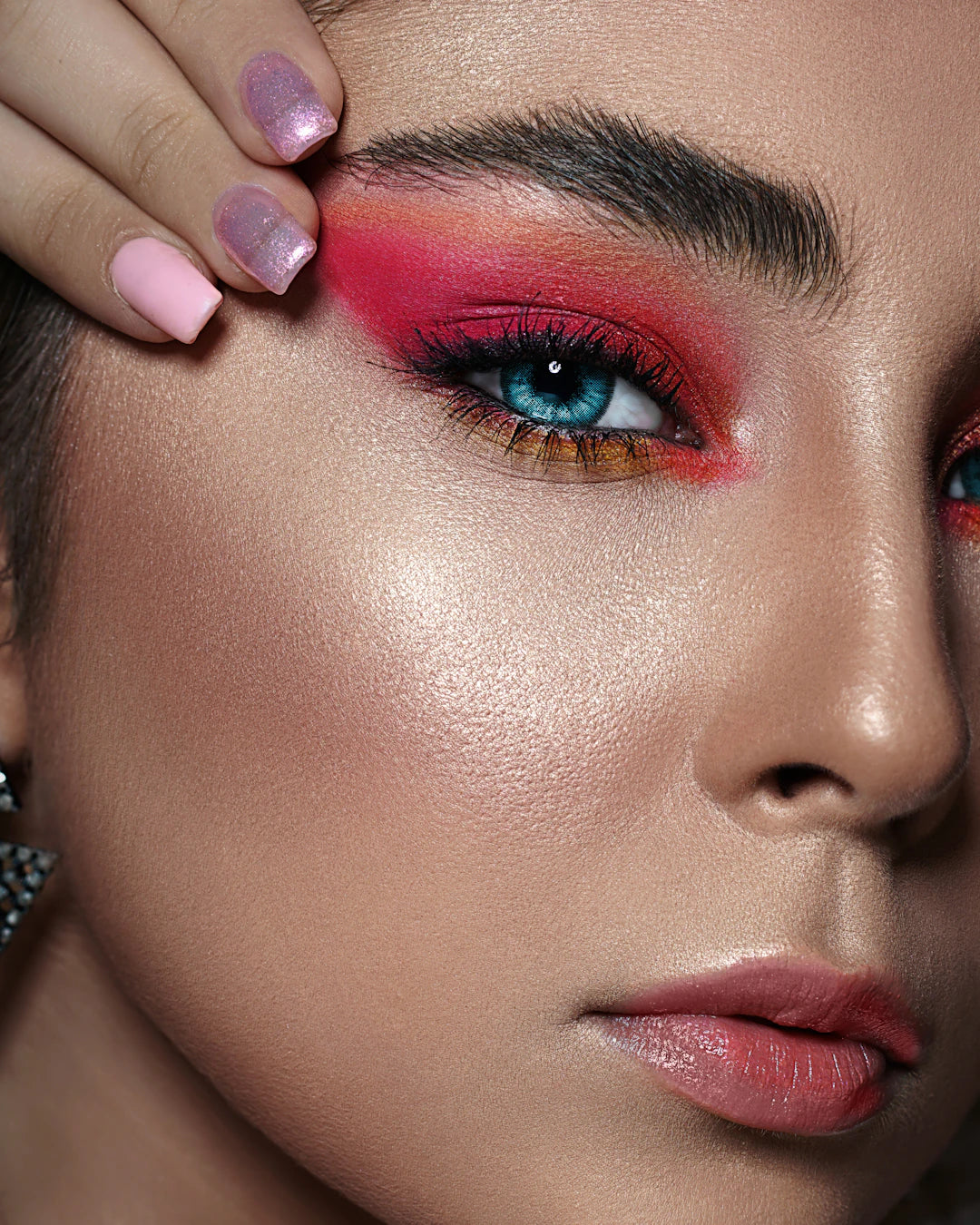
Unveiling Allergy Triggers in Lip Products
Frequently Asked Questions
1. What are the common symptoms of lip product allergies?
2. What ingredients should I look out for in lip products that could cause allergies?
3. Why is patch testing important before using a new lip product?
4. What types of professionals should I consult if I suspect a lip product allergy?
5. What are some safe alternatives for achieving plumper lips?
When it comes to achieving those coveted plumper lips, many of us turn to various lip products. However, while enjoying the allure of luscious lips, it’s crucial to be aware of potential allergic reactions that can occur from ingredients in these products. Understanding how to identify allergies related to lip products can save you from discomfort and help you make informed choices about what you apply to your lips. In this guide, we dive deep into the signs, ingredients to watch for, and the steps you can take to protect your sensitive pout.
Recognizing the Symptoms of Lip Product Allergies
Allergic reactions to lip products can manifest in various ways, potentially ruining your makeup experience. Here are some common symptoms to identify:
Redness and Swelling
One of the first signs of an allergic reaction is reddening of the skin surrounding the lips. This may be accompanied by swelling that can make the lips appear fuller, but not in the desirable way you'd want for plumper lips.
Itching and Burning
If you experience an intense itch or a burning sensation right after applying a lip product, it's likely your skin is reacting to an ingredient. This is often one of the more immediate responses and shouldn't be ignored.
Dryness and Chapping
Excessive dryness and chapping can also indicate that a lip product is not compatible with your skin. An allergic reaction may disrupt your lips’ natural moisture balance, making them flaky and uncomfortable.
Blisters or Hives
In severe cases, you may develop blisters or hives around your lips. This could signal a more serious allergic reaction, and it’s essential to seek medical advice if this occurs.
Common Allergens in Lip Products
Understanding which ingredients may trigger an allergic response is key. Here’s a list of common allergens found in lip products:
- Fragrances: Synthetic fragrances are prevalent in many cosmetic products, and they are known to be common allergens.
- Colorants: Certain dyes, especially those derived from coal tar, may lead to reactions in sensitive individuals.
- Preservatives: Ingredients such as parabens and formaldehyde-releasing preservatives can trigger allergies in some people.
- Natural extracts: While natural might seem safer, plant extracts like aloe vera or chamomile can also cause reactions in those with sensitivities.
- Lanolin: Often used for its emollient properties, lanolin is derived from sheep wool and can cause allergic eruptions.
The Importance of Patch Testing
Before committing to a new lip product, consider performing a patch test. This involves applying a small amount of the product to a discreet area of skin, such as your inner arm, and monitoring for any reactions over 24-48 hours. This simple step can help avoid potential allergic reactions on your lips.
Steps for Effective Patch Testing
- Choose a testing area: Use a small, less visible patch of skin.
- Apply a small amount: Use a cotton swab to apply the product gently.
- Monitor for reactions: Wait and watch for redness, itching, or any other symptoms!
Understanding Your Ingredients
When reading labels, it is essential to know what to look for. Ingredients are typically listed in order of prevalence, so the ones at the top are present in larger quantities. Here are some tips for dissecting the labels of your lip products:
- Familiarize yourself with common terms: Knowing the scientific names of common allergens can keep you informed.
- Look for products labeled “hypoallergenic”: These are formulated to minimize allergens, though it’s still wise to check individual components.
- Stick to shorter ingredient lists: The fewer ingredients, the less chance there is for an allergic reaction!
Seeking Professional Guidance
If you suspect you have an allergy to lip products, consulting with a dermatologist or allergist can provide clarity. They may recommend diagnostic tests to pinpoint specific allergies, including skin prick tests or patch tests specifically for cosmetic products.
What to Expect During an Allergy Consultation
During your consultation, the specialist will likely:
- Inquire about your allergic history and any products used.
- Conduct tests as necessary to pinpoint allergies.
- Offer guidance on suitable alternatives and ingredients to avoid.
Finding Safe Alternatives for Plumper Lips
If you have developed allergies to certain lip products, there are many alternatives you can explore. Options including naturally derived skincare products can often provide the moisture and plumpness you desire without triggering allergies.
Look for Nourishing Ingredients
When searching for lip products, opt for those with natural oils and butters which can help hydrate and smooth lips, encouraging that plump appearance. Examples include:
- Shea Butter: Rich in vitamins, shea butter provides nourishment and moisture.
- Coconut Oil: Known for its hydrating properties, coconut oil can help keep lips soft.
- Jojoba Oil: This oil mimics the skin’s natural oils and is well-tolerated by many.
Conclusion with a Twist
The journey to achieving plumper lips should never come at the expense of your health. By being cautious and informed about the ingredients in your lip products, practicing patch testing, and consulting with professionals, you can enjoy a beautiful pout without unpleasant allergic reactions. Ultimately, embracing products that celebrate your lips safely will ensure you shine with confidence!
